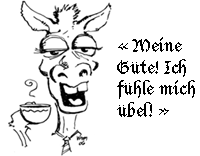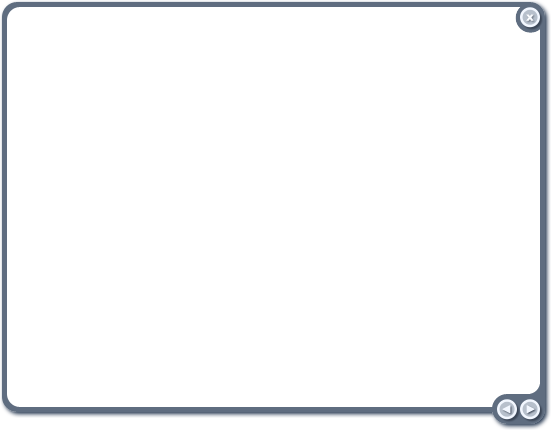|

In the last chapter, we briefly mentioned four "strange-looking" letters in German. These letters represent sounds that are distinct from the sounds represented by the 26 letters of the alphabet - hence their unusual appearance! In this chapter, we discuss three of these letters. Click to hear the letter's pronunciation in German followed by the pronunciation of the German words next to it: Now click the pair of words below, and pay close attention to the differences in pronunciation between the original sound and the "umlauted" version
UMLAUT AND THE UMLAUT MARK The letters above have undergone what is known as umlaut. Umlaut is the technical term for the process of transforming a back vowel (i.e., a vowel articulated in the back part of your mouth) to its corresponding front vowel (i.e., a vowel articulated in the front part of your mouth). And here is how you can form them on your computer:
But what if your computer program or e-mail server does not recognize the umlaut marks? No problem. Simply write the letters as Ae / ae, Oe / oe, or Ue / ue. Long ago, the umlaut process was actually indicated in a similar way - a superscript lowercase e was written above the base letter (i.e., Ae). Over time, the superscript lowercase e became two dashes, which became two dots, and the modern-day umlaut mark was born! Because these umlauted letters represent sounds distinct from the sounds of the alphabet, you need to be careful to pronounce them correctly. Many words actually change meaning if there is an umlauted letter! Listen to sample vocabulary. Roll mouse over German text to view English translations: Now it's time to practice... so here are some tongue-twister for you to have fun with
|




